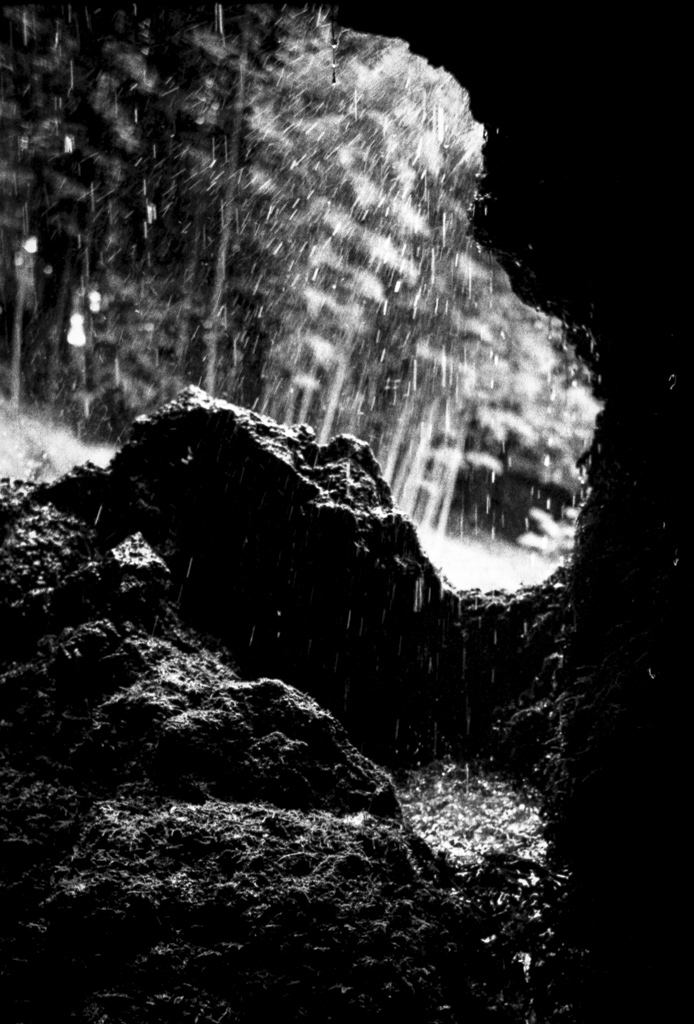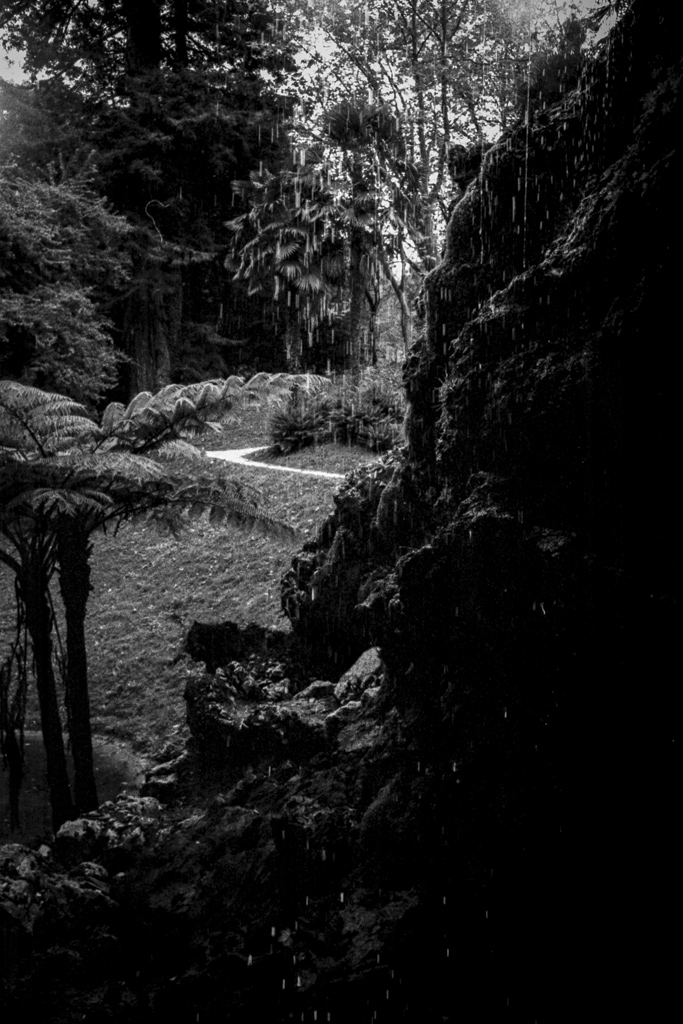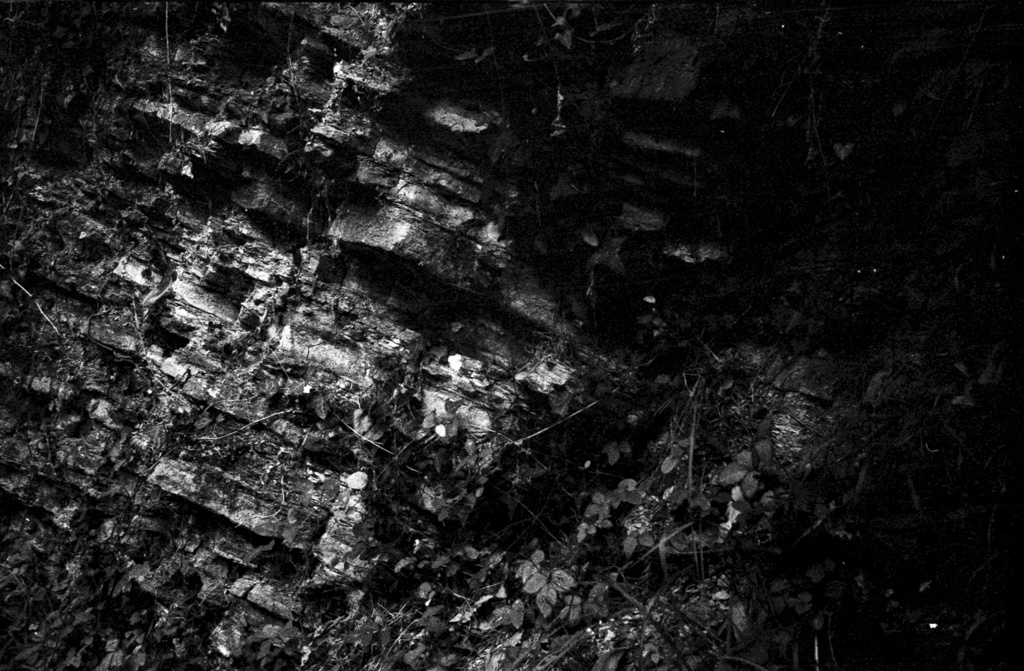
© Lilly Schwartz 2013

© Lilly Schwartz 2013

© Lilly Schwartz 2013

© Lilly Schwartz 2013

© Lilly Schwartz 2013

© Lilly Schwartz 2013

© Lilly Schwartz 2013

© Lilly Schwartz 2013

© Lilly Schwartz 2013

© Lilly Schwartz 2013

© Lilly Schwartz 2013

© Lilly Schwartz 2013

© Lilly Schwartz 2013

© Lilly Schwartz 2013
All pictures taken with: Zorki 4K and Jupiter 12 35mm f/2.8.
Ilford HP5+ at EI 1600 stand-developed in Rodinal 1:100 for 90 min.
This was the first roll I successfully pushed to ISO 1600. The pictures were taken in a beautiful park in Aiete during my last visit to San Sebastian. The park is close to where I used to live in 2010 actually, but I only was there once before. Exploring my neighbourhoods never was much of a priority for me before I really got into photography. As always, photography gets you to see more of the world. Even places right in front of your nose that you would have ignored otherwise.
Since I wanted full sharpness I didn’t want to shoot wide open in the park and so I had to push the roll, because it really was rather dark in the shadow of the trees. The negatives are indeed quite thin and without pushing this roll would have been terribly underexposed. This way it turned out brilliantly though! The only mistake I made with this roll was not to use distilled water during the final wash. I had run out and didn’t want to wait until the shops opened on Monday. I paid with water streaks for my impatience, because the water in Berlin is horrifically hard. I tried to edit the streaks out as much as possible, but in the second to last picture it just wasn’t working, because the shot was rather dark in the first place. One day I’ll rewash that roll and scan again, since I am really happy with these shots. In San Sebastian I don’t need to use distilled water by the way. The water contains chlorine, but apart from that it’s not quite as harsh.
Hard water is a problem for many photographers! In order to minimize the streaks beside using distilled water for the final rinse (I’m lucky, my wife use it for ironing therefore we always have a stock!) I use a “salat spinner” to remove the excess of water before drying. Just put the spiral (with film in it of course) in the spinner and centrifugate for 20/30 seconds. In my case it helps a lot.
robert
PS: in case you want to try note that you must put two spirals on opposite sides in order to counterbalance the weight when spinning.
Oh, thanks, that’s a cool trick! I think I heard it before, but it only made me realise that I have no idea in which country I might have lost my salad spinner during one move or another and then forgot about it again …! I need to find a salad spinner big enough for that two spools then! Here in Spain I use the tap water with some Photoflo and carefully wipe the remaining drops with a sheet of kitchen roll. I fold it around the roll and grab it in a way so that there is no pressure on the emulsion but so that the paper and the film are touching. Difficult to describe, but I think you can imagine what I mean. With that method I’ve had no problems so far, because the water is much better here. I Berlin I normally use distilled water with Mirasol 2000 and still get the odd watermark here or there. Strange. I think the Mirasol is part of the problem. I’ll stick to Photoflo in the future.